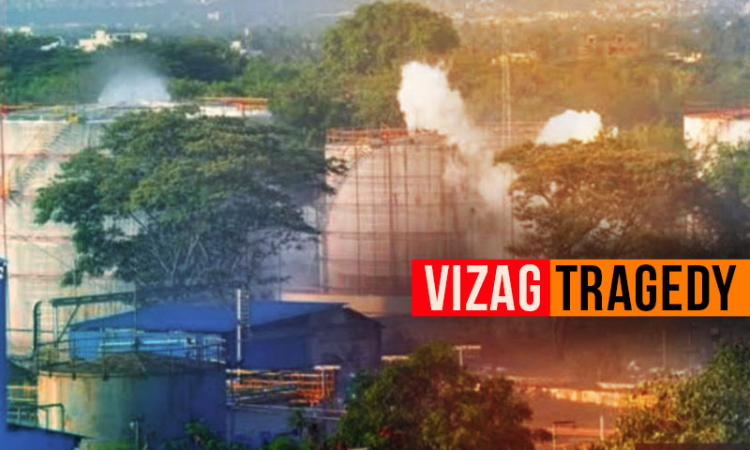- Home
- /
- Know the Law
- /
- Vizag Gas Leak: 'Strict Liability'...
Vizag Gas Leak: 'Strict Liability' Or 'Absolute Liability'?
Akshita Saxena
9 May 2020 7:18 PM IST
On Friday, the National Green Tribunal ordered LG Polymers to deposit Rs. 50 Crores with the District Magistrate, Vishakhapatnam, in connection to a major leak of Styrene gas from its polymer plant situated in RR Venkatapuram village.However, the NGT observed in the order that the situation attracted the principle of "strict liability"."Leakage of hazardous gas at such a scale...
Next Story



